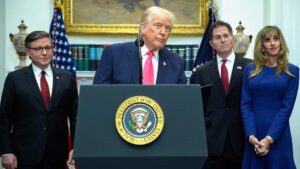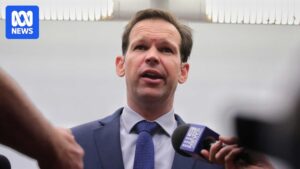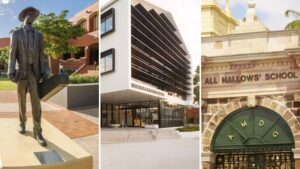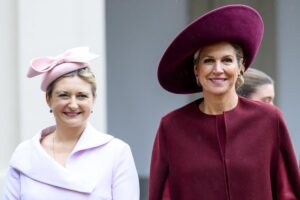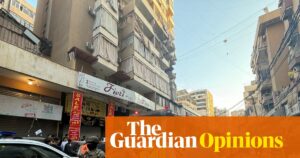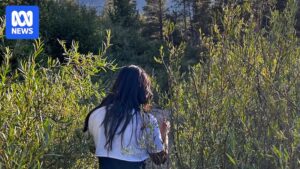Kiani, a beloved Sumatran orangutan, led a remarkable life at Melbourne Zoo, engaging in activities like painting, playing video games, and even starring in a television commercial. Her fascination with bearded men added to her charm. Although Kiani passed away last year, she remains a significant presence in a new form at the Melbourne Museum’s science gallery, Our Wondrous Planet.
Positioned hanging from a branch, Kiani’s taxidermied figure is a central feature of the exhibit. Meanwhile, her cells are preserved in a cryobank, holding the potential for future cloning. This innovative approach raises profound questions about life and death, as highlighted by Nurin Veis, director of the Museums Victoria Research Institute, who pondered, “What does dead mean? Is dead forever?”
The Legacy of Taxidermy at Melbourne Museum
The museum’s decision to showcase Kiani comes amid financial challenges, including investigations by anti-corruption authorities and impending staff cuts. Despite these hurdles, the museum embraces its rich taxidermy heritage, which includes a vast collection of animals preserved in lifelike poses.
Kiani’s transformation involved meticulous work by the museum’s preparatory department. Using photographs to capture her natural movements, artisans crafted a new body from polystyrene and clay, covering it with her tanned coat. This process mirrors the preservation of Bong Su, a revered Asian elephant from Melbourne Zoo, who continues to stand tall in the museum despite his passing in 2017.
Inside the World of Taxidermy
Hidden beneath the museum’s halls is a labyrinth dedicated to taxidermy, employing six staff members, making it one of the largest facilities of its kind globally. Dean Smith, a senior preparator with nearly four decades of experience, explains, “Taxidermy is the arranging of skin. ‘Taxis’ is motion and ‘dermis’ is skin, so ‘motion of the skin’.”
The department employs both traditional and modern techniques, including 3D printing, to create lifelike representations. However, age-old materials like coconut fiber and cotton wool remain staples. “Some older techniques are potentially faster and might be more long-lasting,” notes department manager Steve Sparrey.
“We want people to connect with these objects and specimens. Eyes are one of the very important aspects. The first thing people do is have a look at the eye of a specimen that’s looking at you too,” says Smith.
Beyond Display: The Scientific Role of Taxidermy
Beyond creating displays, preparators conduct “skin studies,” collecting morphological data to track species variations over time. This research is crucial for understanding changes in animal populations, such as the size variations in little penguins over a century.
The preparatory department faces challenges ranging from the colossal, like handling elephant bodies, to microscopic threats like insects and bacteria. Interestingly, domestic beetles are employed to strip flesh from bones with precision unmatched by human hands.
“These are the museum’s hardest working employees,” says Sparrey.
The department also houses giant walk-in freezers to preserve specimens indefinitely, and a post-mortem room equipped with tools for larger specimens. Adjusting to the role can be challenging, as Sparrey recalls, “The first six months were pretty rough for me.”
Our Wondrous Planet: A Celebration of Life
Upstairs, the Our Wondrous Planet exhibit offers a dynamic, interactive experience. Visitors are invited to engage with nature, touching plates that connect them to the tree of life and navigating a maze of plant roots that mimic human blood vessels. The gallery’s design, with its organic curves and vibrant colors, immerses visitors in the wonders of the natural world.
Interactive displays encourage visitors to envision a cleaner, more sustainable future. Senior curator Kate Phillips emphasizes the exhibit’s dual message of optimism and concern. “We put together a fairly urgent but compelling story – but one that does have that side of ‘there are things to be done’,” she explains.
“There is cause for optimism and hope, as well as cause for concern,” says Phillips.
Our Wondrous Planet is now open at Melbourne Museum, inviting visitors to explore the intricate connections between life forms and the planet they inhabit.
